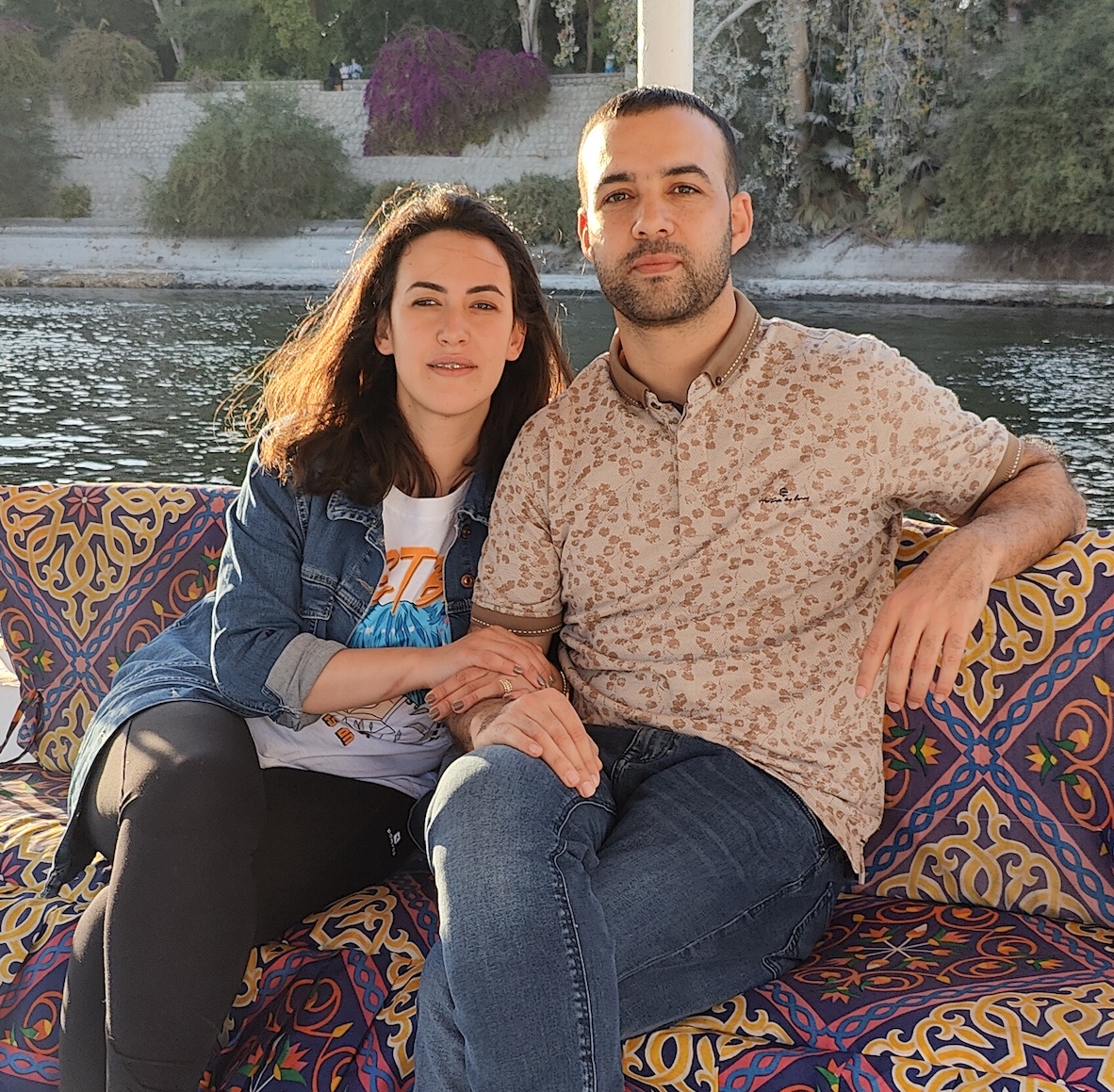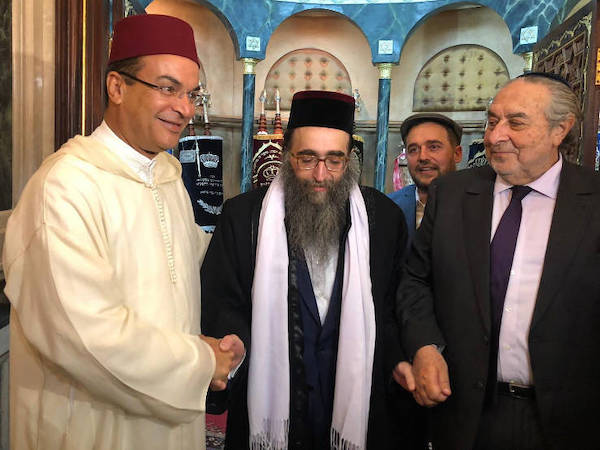Whether you are looking for an R&R in a travel destination steeped in Jewish legacy or a voyage of discovery to trace your Jewish ancestors, Morocco is very much on the Jewish travel itinerary. From its high mountains to vast expanses of deserts and beach resorts, Morocco is an exotic land filled with geographic contrasts and a history enriched by centuries of multi-cultural ethos. A Moroccan tour is a lifetime experience.
The country’s Jewish heritage is a mosaic of shared culture and traditions that comes to life with a heritage tour to Morocco.
A Morocco Jewish Tour is a deep cultural encounter enriched with vignettes from a historical past. Whether as part of the Jewish Diaspora, a Moroccan Jew or Sephardic Jew; a travel to Morocco is a much sought-after experience for any Jew. It is both, a pilgrim and a rite of passage.
History of Jewish Morocco
The history of the Moroccan Jews is very unique. They came in waves to Morocco over successive periods spanning two centuries and also departed in waves over the past century. What they have left behind, visible in the monument and living relics are more than ripples that stretch far beyond the sands of Morocco. Before the founding of Israel in 1948, there were about 275,000 Moroccan Jews, the largest Jewish community in the Muslim world. However, today, after successive waves of exodus, there remain only about 2500 Jews.
The presence of Jews in Morocco can be traced back to more than 2000 years ago, when they came along with the Phoenicians. Subsequently, they arrived during the medieval period from Europe. In the 12th century, the Andalusian Jews came to Morocco to escape Christian conquests and aggression in Spain and Portugal. They contributed to the economy with their highly developed skills and craftsmanship. Many, who chose to make Fez their home, established the mellah in the 14th Century, outside the royal palace whose protection they enjoyed as “People of the Book.” The Jews lived toiled the soil in the countryside or served as merchants and much-respected financiers in the cities, favored for their business acumen. In the mellahs, they were silversmiths, jewelers and craftsmen, known for their superior skills. However, the Jews remained a minority ethnicity.
After the State of Israel was formed in 1948, many Jews left for Israel for a better quality of life among their own. The subsequent independence of Morocco in 1956, and the uncertain future compelled many Jews to leave the country they called their home for centuries. A mass exodus happened between the 1950s and the1960s. While many chose to make Israel their home, others migrated to France and the Americas. During the World War II, King Mohammed V stood by the Moroccan Jews and prevented their detention in Europe. However, a six-day war in 1967 created a deep rift with the Arabs that could not be healed, and a big wave of migration took place during the period of 1960s - 1970s.
What makes Morocco a popular destination for the Jewish traveler?
Whether visiting Morocco in search of a lost birthright or as a tour of a country that has been the home of Jews, Morocco is a popular travel destination for the quintessential Jewish traveler. Intrigued, curious and with a sense of wonder, Jewish communities come to visit Morocco and capture a past where their ancestors enjoyed a culture that was a unique amalgam of the Berber-Arab nativity.
The few Moroccan Jews who live here today continue to uphold their community’s rich Jewish heritage. With the cooperation of the government, many old heritage sites of Jewish residencies have been restored, drawing Jews to connect with their roots.
Morocco is more than a window into Moroccan Jewish history and culture. It is also a magnificent land of contrasts that offers a great travel opportunity while connecting with the heritage. While the older generations connect to their past, it makes for an ideal way to introduce the younger age group with their Jewish connections.
Read More: Day Trips from Marrakech
Why Morocco is a popular Jewish pilgrimage
The Jewish community is known to celebrate their heritage like no other culture in the world. While most young men in the Americas are expected to visit Israel once they are of age, families of Moroccan origin make it a ritual to visit Morocco at least once in their lifetime. This is the land of their ancestors, where the Jews lived for centuries alongside Arabs, and shared a Judaeo-Muslim heritage that has infused into their present Jewish traditions.
This is evident in the relics of Andalusian architecture visible in the synagogues, cemeteries, tombs and the abandoned Mellahs. Morocco is a living testimony of one of the longest Jewish residencies in the world. Little wonder that Jews make it a point to visit Morocco as a pilgrimage.
Morocco is an undeniable part of the Jewish identity
The Museum of Moroccan Judaism is a great place to kick-start your introduction to Moroccan Jewry. It is a treasure trove of Jewish history, housing artifacts ranging from Jewish traditional costumes, jewelry pieces, Kiddush cups. Hanukah menorahs, and more. The museum is a complete repository of Moroccan Jewish culture, even housing large exhibits like restored sections of synagogues and doorposts of old traditional dwellings.
Besides being the only Jewish museum in an Arab country, it also chronicles the journey of the Jews through Spain, North Africa and Morocco, and tells these stories of Judaeo-Muslim cultural fusions through exhibits. For instance the Jewish women’s attire was influenced by Moroccan textile designs, and even included religious aspects like head-scarves.
The mix of heritage is embedded deep in music and literature too. Qasida is common to Jewish and Muslim poetry, and integrates both Hebrew and Arabic elements. The Mimouna festival is identified with Moroccan Jewry, a community feast tradition celebrated by Moroccan and Algerian Jewish communities in Israel and elsewhere. If you wondered where from the minhag tradition of abstaining from meat on Shabbat came from, it is Morocco! Even the bakashot sung in Moroccan tradition is different, sung on the Sabbath preceding Purim, with heavy overtones of classical Andalusian tunes.
Casablanca, Fez, Marrakech and Essaouira are Moroccan sites where thousands of Jews lived. The ruins of Mellahs, tombs and scattered relics of Jewish heritage, chronicle the history of Moroccan Jews, and their contributions to the country’s economy and culture.
Despite periods of conflict, it was a largely peaceful Judaeo-Muslim coexistence. Casablanca’s 30 synagogues, kosher restaurants and Jewish schools display this past. In 2013, King Mohammed VI of Morocco reaffirmed his resolution to preserve the “founding values of Moroccan civilization”, and that includes the sites of the Moroccan Jews. Jewish temples are being restored, beginning with the renovation of the Slat Alfassiyine synagogue in Fez.
For any Jew, a Moroccan visit is a solid Jewish statement. It annals the Jewish heritage in a land they lived in for centuries. Many traditions, rituals and cultural nuances of Jews, whether living in Israel, France or U.S., is a vivid throwback to their Moroccan legacy. This makes Morocco a must-visit for any Jew; to capture these cultural vignettes from the past that make up the fabric of the modern Jew.

